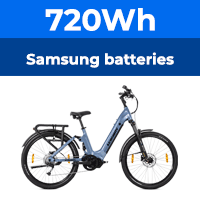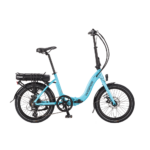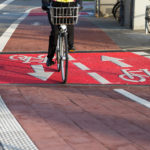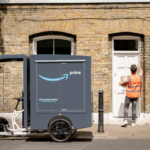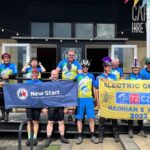Hi All,
Is it possible for 48volt 20amp battery using a 20amp controller push up to speeds of 30mph? At times I do get confused, I understand that they all work together in unison-48v equals the (strength) 20amp equals the (distance) and 20amp controller equal to in other words the (regulator). Please do not quote me on this but this is the way that I am thinking, whether right or wrong.
Therefore, in hindsight a higher amp controller should really bump up the speed of the bike. I've even seen again on youtube 1000watts/500watts motors-48volts batteries doing way over 30-40mph. Are these people for real or in a dream world by themselves ?
Can someone explain so that I could understand this once and for all.
I know that this is a simple question for you all
Mountainsport.
Is it possible for 48volt 20amp battery using a 20amp controller push up to speeds of 30mph? At times I do get confused, I understand that they all work together in unison-48v equals the (strength) 20amp equals the (distance) and 20amp controller equal to in other words the (regulator). Please do not quote me on this but this is the way that I am thinking, whether right or wrong.
Therefore, in hindsight a higher amp controller should really bump up the speed of the bike. I've even seen again on youtube 1000watts/500watts motors-48volts batteries doing way over 30-40mph. Are these people for real or in a dream world by themselves ?
Can someone explain so that I could understand this once and for all.
I know that this is a simple question for you all
Mountainsport.


